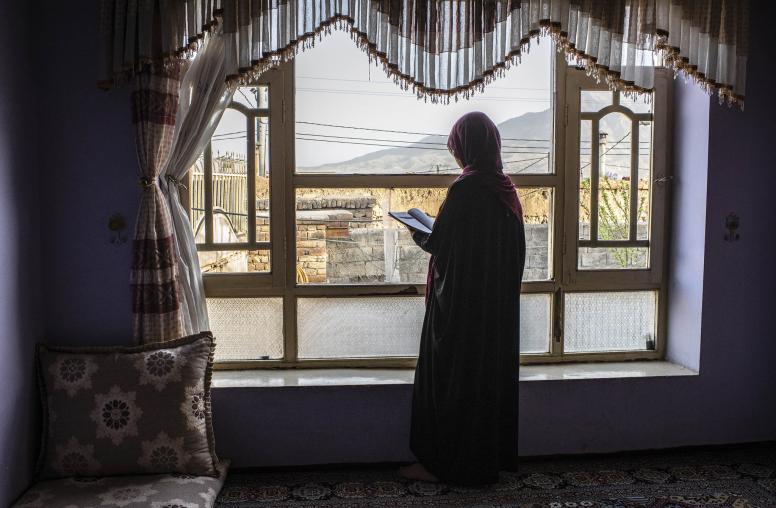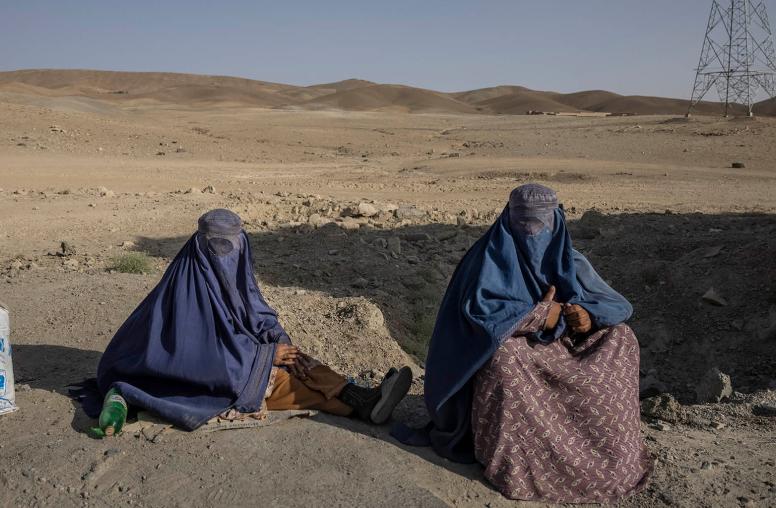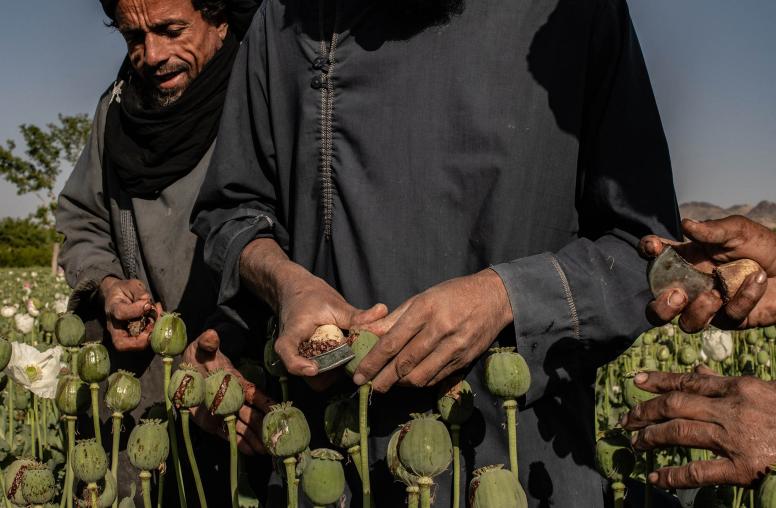Political Economy and Conflict Dimensions of Afghanistan’s Mineral Resources: A Preliminary Exploration
This paper reflects some initial thinking on the mining sector, in the context of his broader interest in the political economy and conflict implications of sizable financial flows in Afghanistan, also including those generated by illicit narcotics and aid.

Summary
- Afghanistan has sizable underground mineral resources, which have potential positive economic impacts but also possible downsides—the so-called “resource curse” often involving negative macroeconomic, developmental, fiscal, governance, political and conflict effects.
- The success of the broader political transition in coming years as well as regional geopolitical factors will have a major influence on prospects for Afghanistan’s underground resources.
- For “mega-resources” such as the Aynak copper and Hajigak iron deposits, the Afghan government has conducted credible tendering to ensure that contracts with foreign companies are on favorable terms for Afghanistan.
- Good-practice approaches for mega-resources should continue and be further strengthened, but there will probably be further delays in exploitation, and realization of potential will take much time.
- Exploitation of other largish and medium-sized resources may involve joint ventures with politically-connected Afghan firms and deals with local strongmen, or sometimes criminal networks with linkages to corrupt officials and insurgents. Spreading patronage can reduce short-run conflict risks, but there are risks of corruption, and conflicts could arise over time.
- For these resources, priorities include transparent contracting and clarity about ownership of companies; setting basic financial parameters for different resources (e.g. royalty rates) to reduce the risk of overly favorable arrangements for extracting entities; and addressing criminal elements and associated corruption.
- For smaller, concentrated, high-value resources (notably gemstones), informal exploitation using crude techniques is typically combined with illicit export trade, and local strongmen are involved, which can mean periods of stability but also conflicts when bargains are reopened or new actors get involved.
- The way forward for these resources includes gradually improving and regularizing the framework; setting low royalty rates to encourage formalization of existing activities rather than leasing resources to outsiders; technical assistance to promote more effective extraction; and encouraging processing and value addition within Afghanistan.
- Finally, further analytical work is required to better understand the political economy and conflict ramifications of mining in Afghanistan.
About this Brief
William Byrd is a development economist and has worked on Afghanistan in various capacities over the past decade and longer. During 2002–2006, he was stationed in Kabul, Afghanistan, where he served as the World Bank’s country manager for Afghanistan and then as economic adviser. He is currently a visiting senior expert at the U.S. Institute of Peace. This paper reflects some initial thinking on the mining sector, in the context of his broader interest in the political economy and conflict implications of sizable financial flows in Afghanistan, also including those generated by illicit narcotics and aid. The views expressed in this brief do not necessarily represent the views of the U.S. Institute of Peace, which does not take policy positions.



